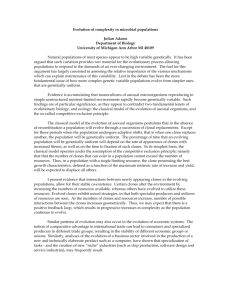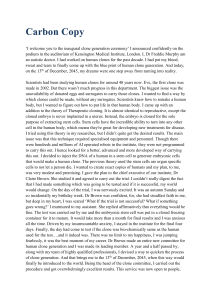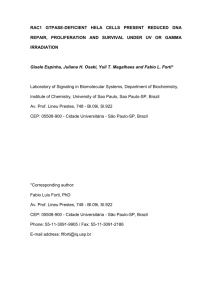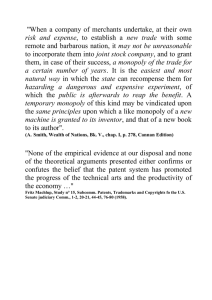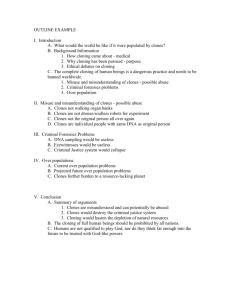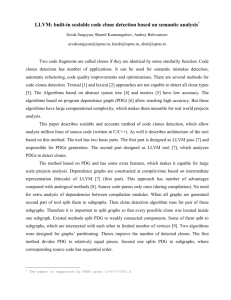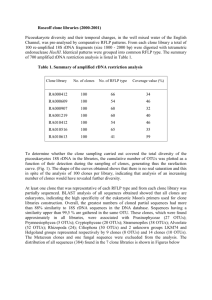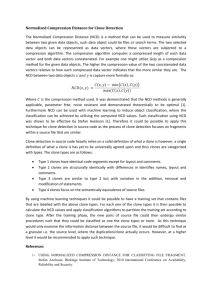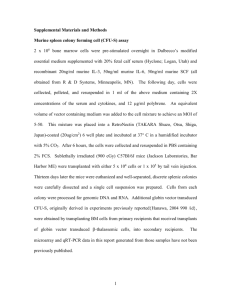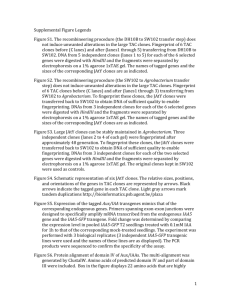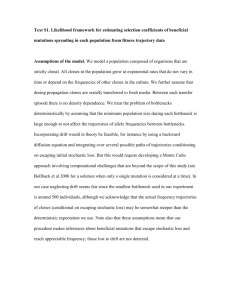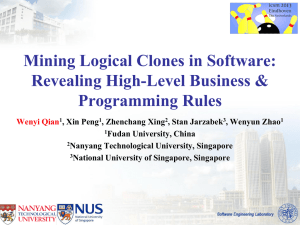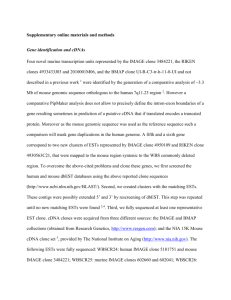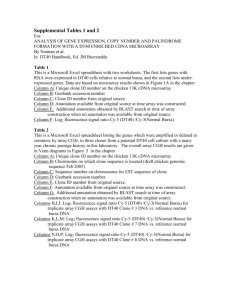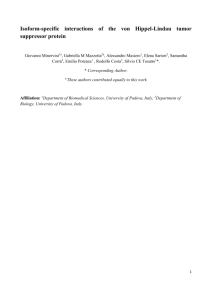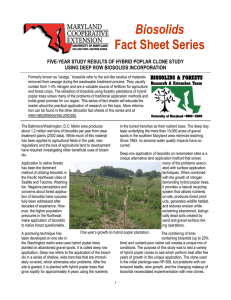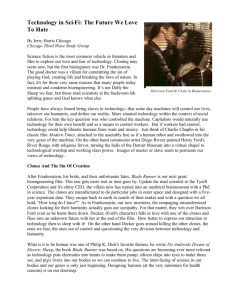DIVERSITY ANALYSIS FOR DALBERGIA SISSOO ROXB. AND ITS
advertisement
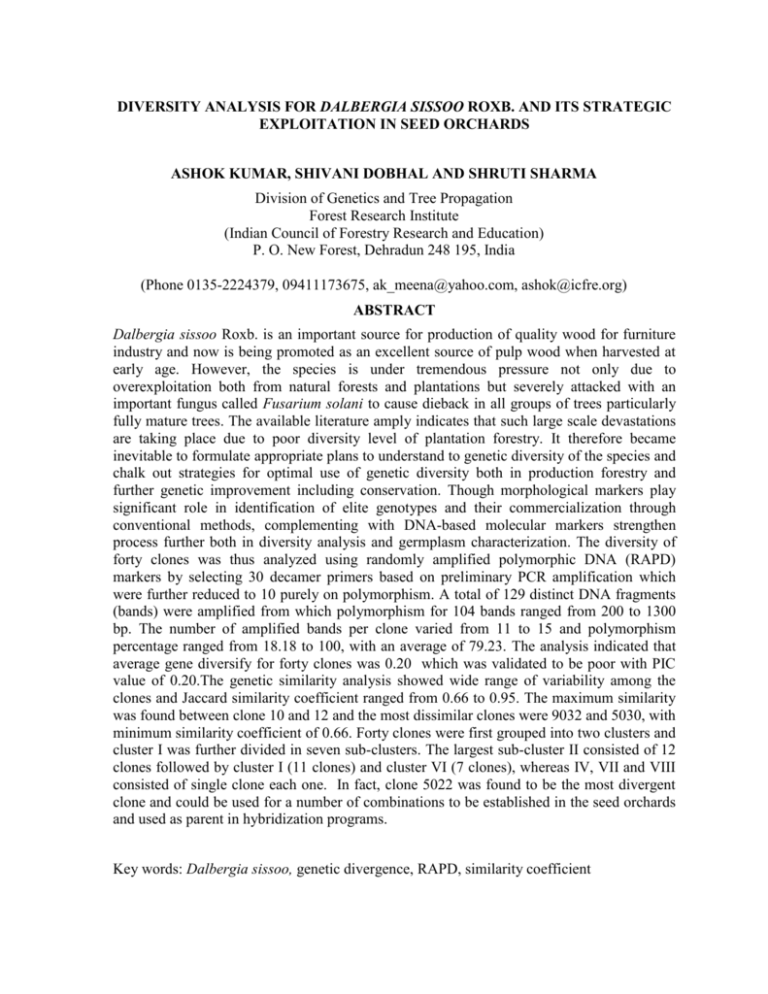
DIVERSITY ANALYSIS FOR DALBERGIA SISSOO ROXB. AND ITS STRATEGIC EXPLOITATION IN SEED ORCHARDS ASHOK KUMAR, SHIVANI DOBHAL AND SHRUTI SHARMA Division of Genetics and Tree Propagation Forest Research Institute (Indian Council of Forestry Research and Education) P. O. New Forest, Dehradun 248 195, India (Phone 0135-2224379, 09411173675, ak_meena@yahoo.com, ashok@icfre.org) ABSTRACT Dalbergia sissoo Roxb. is an important source for production of quality wood for furniture industry and now is being promoted as an excellent source of pulp wood when harvested at early age. However, the species is under tremendous pressure not only due to overexploitation both from natural forests and plantations but severely attacked with an important fungus called Fusarium solani to cause dieback in all groups of trees particularly fully mature trees. The available literature amply indicates that such large scale devastations are taking place due to poor diversity level of plantation forestry. It therefore became inevitable to formulate appropriate plans to understand to genetic diversity of the species and chalk out strategies for optimal use of genetic diversity both in production forestry and further genetic improvement including conservation. Though morphological markers play significant role in identification of elite genotypes and their commercialization through conventional methods, complementing with DNA-based molecular markers strengthen process further both in diversity analysis and germplasm characterization. The diversity of forty clones was thus analyzed using randomly amplified polymorphic DNA (RAPD) markers by selecting 30 decamer primers based on preliminary PCR amplification which were further reduced to 10 purely on polymorphism. A total of 129 distinct DNA fragments (bands) were amplified from which polymorphism for 104 bands ranged from 200 to 1300 bp. The number of amplified bands per clone varied from 11 to 15 and polymorphism percentage ranged from 18.18 to 100, with an average of 79.23. The analysis indicated that average gene diversify for forty clones was 0.20 which was validated to be poor with PIC value of 0.20.The genetic similarity analysis showed wide range of variability among the clones and Jaccard similarity coefficient ranged from 0.66 to 0.95. The maximum similarity was found between clone 10 and 12 and the most dissimilar clones were 9032 and 5030, with minimum similarity coefficient of 0.66. Forty clones were first grouped into two clusters and cluster I was further divided in seven sub-clusters. The largest sub-cluster II consisted of 12 clones followed by cluster I (11 clones) and cluster VI (7 clones), whereas IV, VII and VIII consisted of single clone each one. In fact, clone 5022 was found to be the most divergent clone and could be used for a number of combinations to be established in the seed orchards and used as parent in hybridization programs. Key words: Dalbergia sissoo, genetic divergence, RAPD, similarity coefficient

